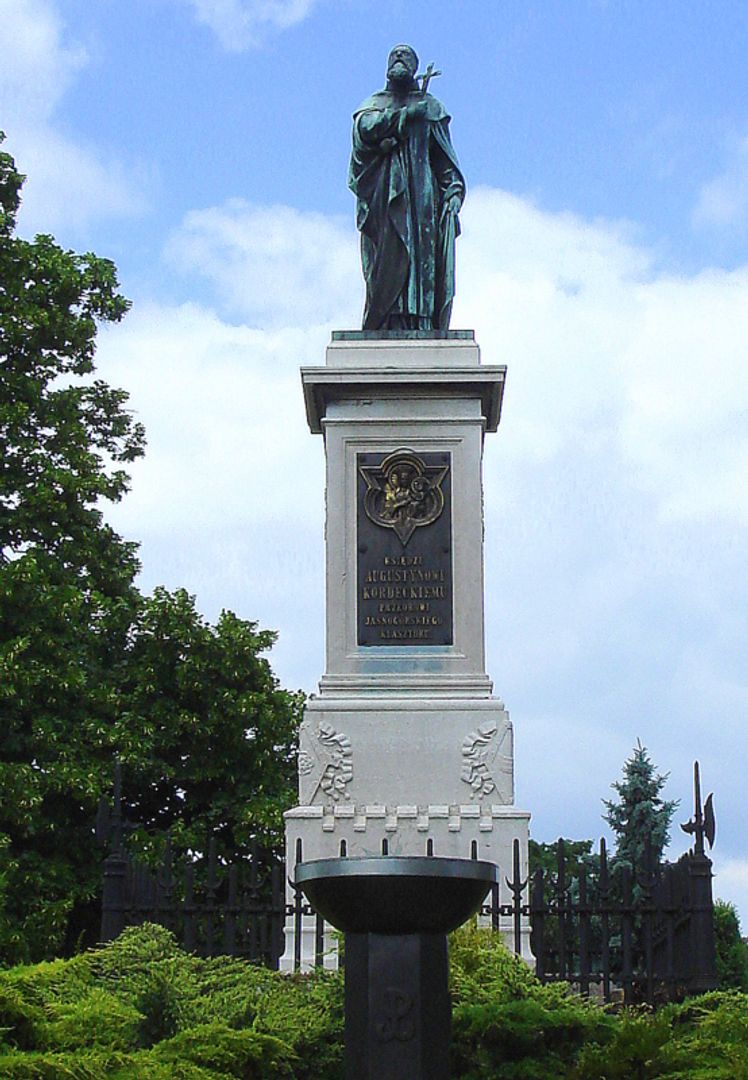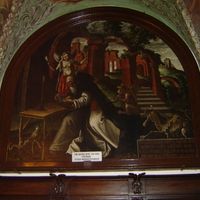Jasna Góra
8.29

Overview
Jasna Góra is one of the most important Marian sanctuaries in Poland, located in Częstochowa. The Pauline monastery, founded in 1382, is not only a place of worship but also rich in historical and architectural treasures. The main structures include a Baroque basilica with a 15th-century presbytery, cared for by the monks. The brick fortress, built to protect the site, was designed by Andrea dell'Aqua, and its construction began in 1620. It is worth emphasizing that Jasna Góra became a symbol of national identity, defense during the Swedish Deluge in 1655, and the bond between Poles and the Virgin Mary. It has gathered numerous works of sacred art, including the miraculous image of Our Lady of Częstochowa, attributed to St. Luke. The origins of the veneration date back to the early 15th century, and in 1717 the image was crowned, attracting crowds of the faithful. The sanctuary has hosted three popes, including St. John Paul II, who referred to Mary as the Queen of Poland. At Jasna Góra, evening prayers called the Jasna Góra Appeals take place, which have been an important tradition for years. The sanctuary also organizes national and international pilgrimages, attracting millions of pilgrims from around the world annually. In 2023, it was visited by about 3.6 million people. The complex of buildings has been expanded over the centuries, adapting to historical changes. An important element is the Chapel of Our Lady, considered a special place where daily prayers are held. Jasna Góra also has a rich media program, extensive pastoral activities, and a community around apostolic groups. In recent years, it has been distinguished, among others, with the Medal of the National Education Commission by the Ministry of National Education. Architectural treasures, rich history, and cultural heritage create the unique atmosphere of Jasna Góra, which has witnessed many national and religious events, attracting pilgrims seeking spiritual support and a connection with Polish history.
Location
Tickets
Powered by GetYourGuide
2025 Wizytor | All Rights Reserved

